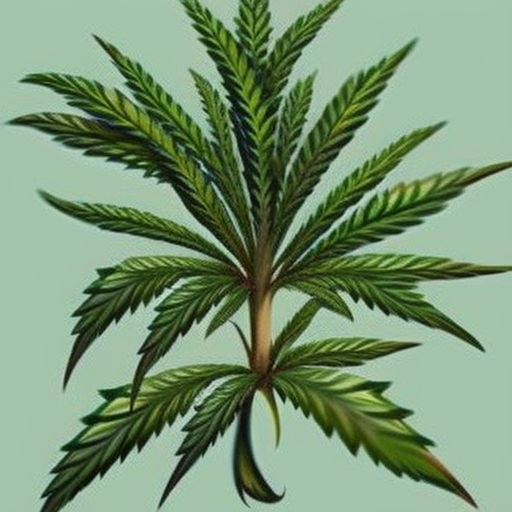
Yo, what’s good? It’s your boy Dan, here to talk about that Cherry Pie strain. This baby ain’t no joke – it’s the love child of Granddaddy Purple and Durban Poison, two heavy hitters in the game. So, you know it’s gonna be fire. With a THC content of up to 26%, this ain’t for newbies. But don’t worry, even though it’s mostly indica (80%), it won’t leave you stuck on the couch. Nah, Cherry Pie is all about uplifting and relaxing vibes. And it ain’t just good for recreational use, either. Medicinal users swear by it for pain, anxiety, stress, and depression.
Now, if you wanna grow this tasty strain yourself, listen up. You can do it indoors or outdoors – just make sure you live in a warm spot with temps between 70-80 degrees F if you choose outside. But be warned – Cherry Pie is a clone-only strain, so you might have some trouble getting your hands on it. Plus, some growers complain about self-pollination issues, so keep an eye out for that. If you brave the outdoors, you could see yields of up to 14 ounces per plant come harvest time in October. For indoor growing, expect up to 16 ounces per square meter in a flowering time of 8-9 weeks.
When it comes to growing medium, go with soil over hydroponics. You can grab some potting soil from your local gardening store or make your own, but make sure you’re paying attention to drainage, pH level, nutrients, and texture. Loam soil is the best bet – it’s a mix of sand, silt, and clay and has the ideal pH level while retaining nutrients well.
Pruning is key to increasing yields and preventing mold growth. When your Cherry Pie starts looking bushy, grab those pruning shears and go to town. Make sure you’re removing lower branches without light or bud sites too low on the stalk. But don’t shock the plant by pruning too much at once – do it in cycles.
Now, cloning has some serious advantages over growing from seeds. It’s faster, you skip the germination stage, and you get more harvests per year. Plus, clones offer a more predictable outcome than seeds do. Just make sure you’re getting your cutting from a healthy mother plant.
When it comes to lighting, keep your plants under 18-24 hours of light during vegetative growth and switch to a 12-12 cycle to force flowering. And don’t overdo it – CFL lights are great for small setups, while HPS and LED lights should be used during flowering but not generate too much heat.
If you want that terpene profile to pop, try stressing your plants a little. A little controlled stress can enhance that aroma, but don’t go too far or risk stunting growth. And when it’s time to harvest, flush your plants with pure water to remove any leftover nutrients – you don’t want that fertilizer taste in your bud.
Finally, keep that relative humidity (RH) low during curing – Cherry Pie prefers levels of 55% during vegetative growth and down to 40% in late flowering. And make sure you’re using humidity regulators during curing to avoid mold growth and enhance terpene production.
So there you have it, folks – all the deets on growing Cherry Pie. Stay lit!


Yo, these tips solid! Imma try em out on my next grow fo sure. Cherry Pie bout to be fire.